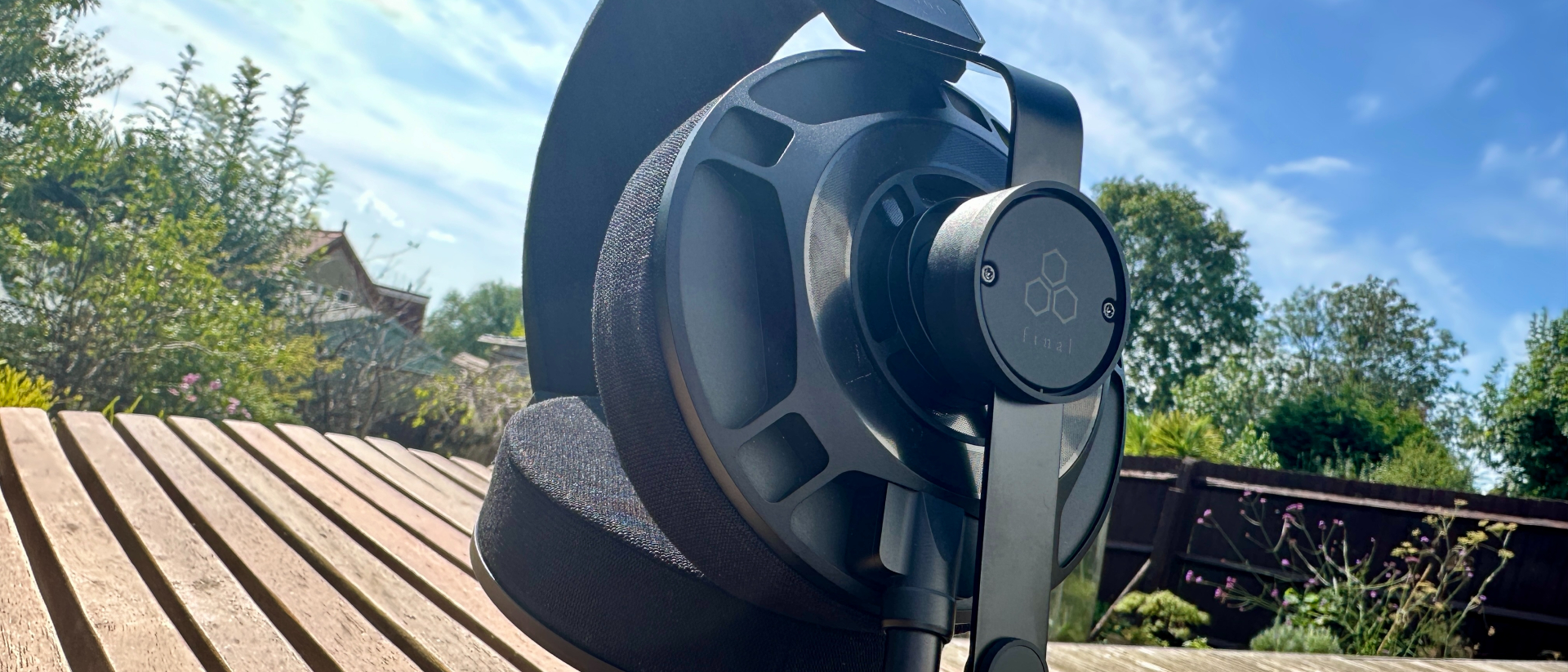TechRadar Verdict
The Final Audio D7000 planar magnetic wired over-ear headphones have an awful lot going for them, both in the way they’re specified and in the way they sound – so much so that they really need a place on your shortlist. They’re not quite the finished article, though, and be prepared to maybe upgrade your headphone amp…
Pros
- +
Open, organized and informative sound
- +
Great tonal balance and low-frequency response
- +
Excellent standard of build and finish
Cons
- -
Could be more dynamic and assertive
- -
Need more cable options
- -
Trickier to drive than many rivals
Why you can trust TechRadar
Final D7000: Two-minute review
It goes without saying that $3499 / £2999 / AU$5899 is an awful lot of money to consider spending on a pair of wired over-ear headphones – and yet you’re almost spoiled for choice here, as our best wired headphones guide proves. What sets the D7000 apart, though, is that Final Audio has gone to town where the technology of planar magnetic headphones is concerned, and consequently has a pretty compelling story to tell.
It’s developed something it calls an ‘air film damping system’ to overcome the low-frequency limitations of the planar magnetic driver technology. It’s created a ‘pinna-aligned diffuser’ to overcome the variations in the shape of the human ear. It’s gone so far as to build its own manufacturing and assembly jigs in order to keep the entire construction process in-house and under its control. It's not a stretch to say that Final's need to get the science of bringing sound to your ears just right borders on obsessive.
The D7000 is far from the most cooperative headphone this sort of money can buy, so you’ll need to spend more – on a headphone amplifier with a fair bit of grunt. But if you’re able to drive the D7000 effectively, there’s a lot to enjoy about the sound.
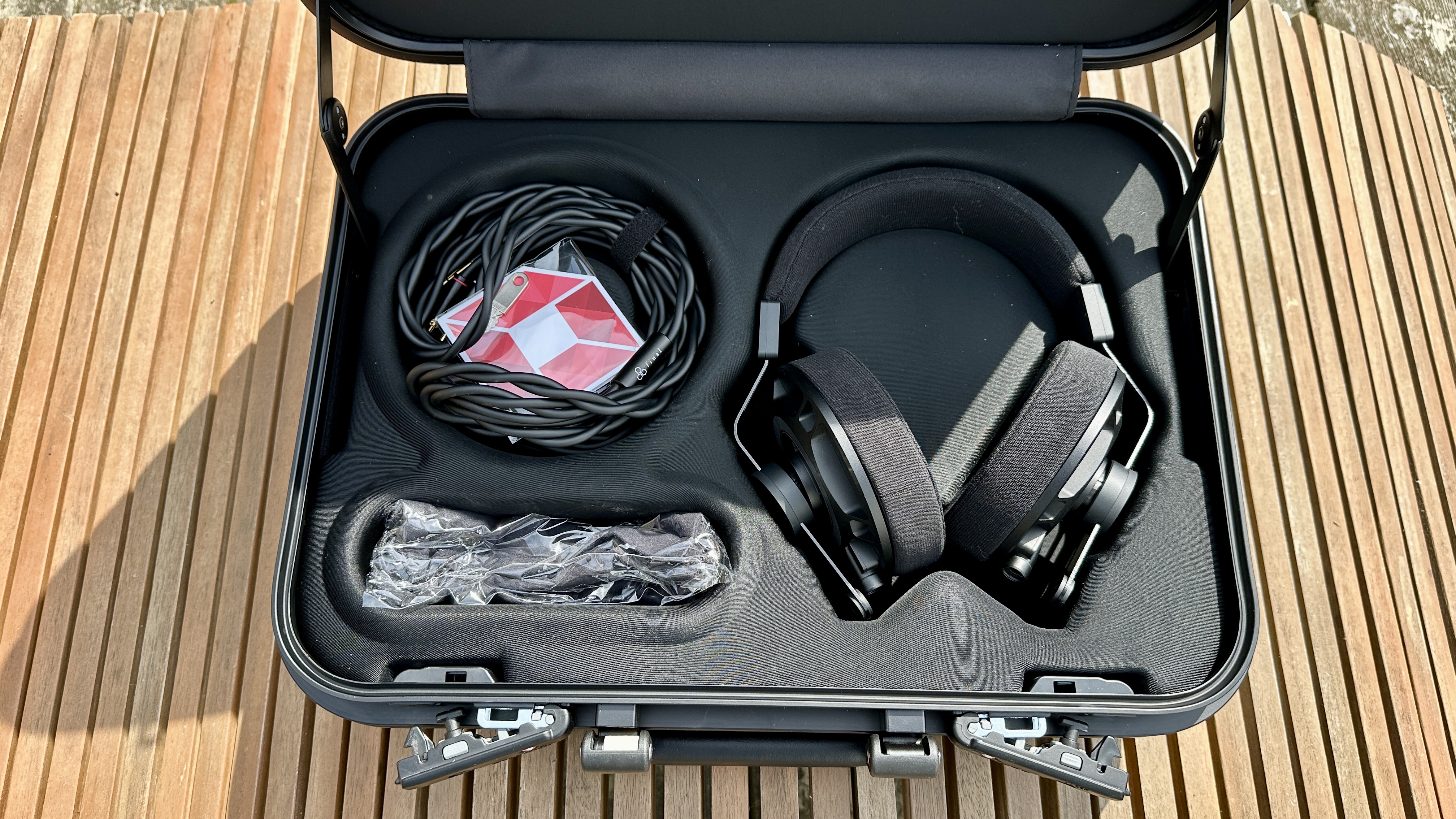
Final D7000 review: Price & release date
- Released February 27, 2024
- Priced $3499 / £2999 / AU$5899
The Final Audio D7000 are available to buy now, and have been since the end of February 2024. A price of $3499 / £2999 / AU$5899 lets you know the company is not messing around with this model, and it also lets you know that alternatives from the likes of Focal (see the May-launch Azurys), Grado (see our Grado Hemp review) and Meze Audio (that would be the Meze Audio Liric) are firmly in Final Audio’s sights.
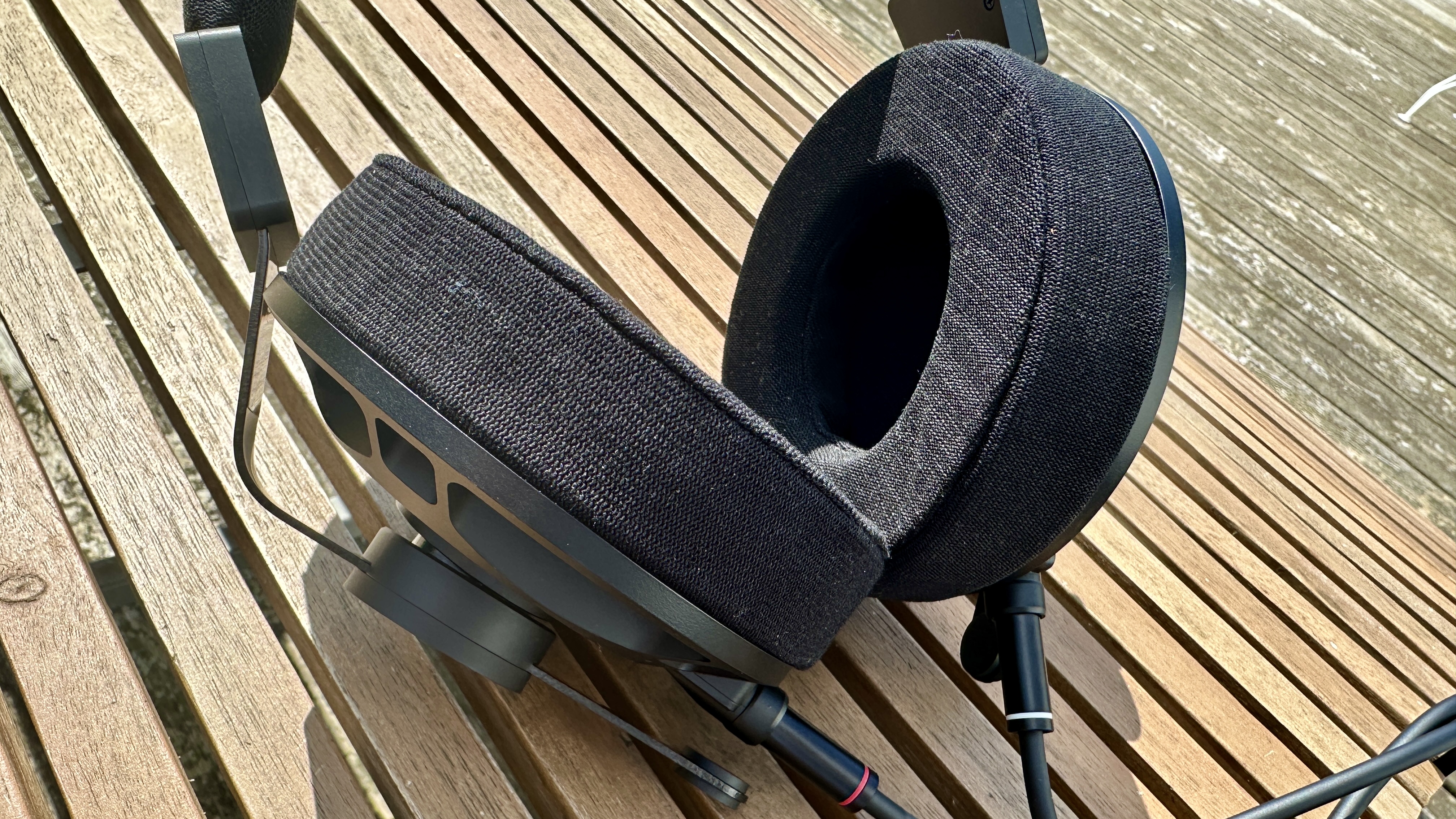
Final D7000 review: Specs
| Type | Wired over-ear |
| Drivers | Planar magnetic |
| Weight | 437g |
| Cable length | 3m |
| Sensitivity | 89dB/wM |
| Impedance | 50Ω |
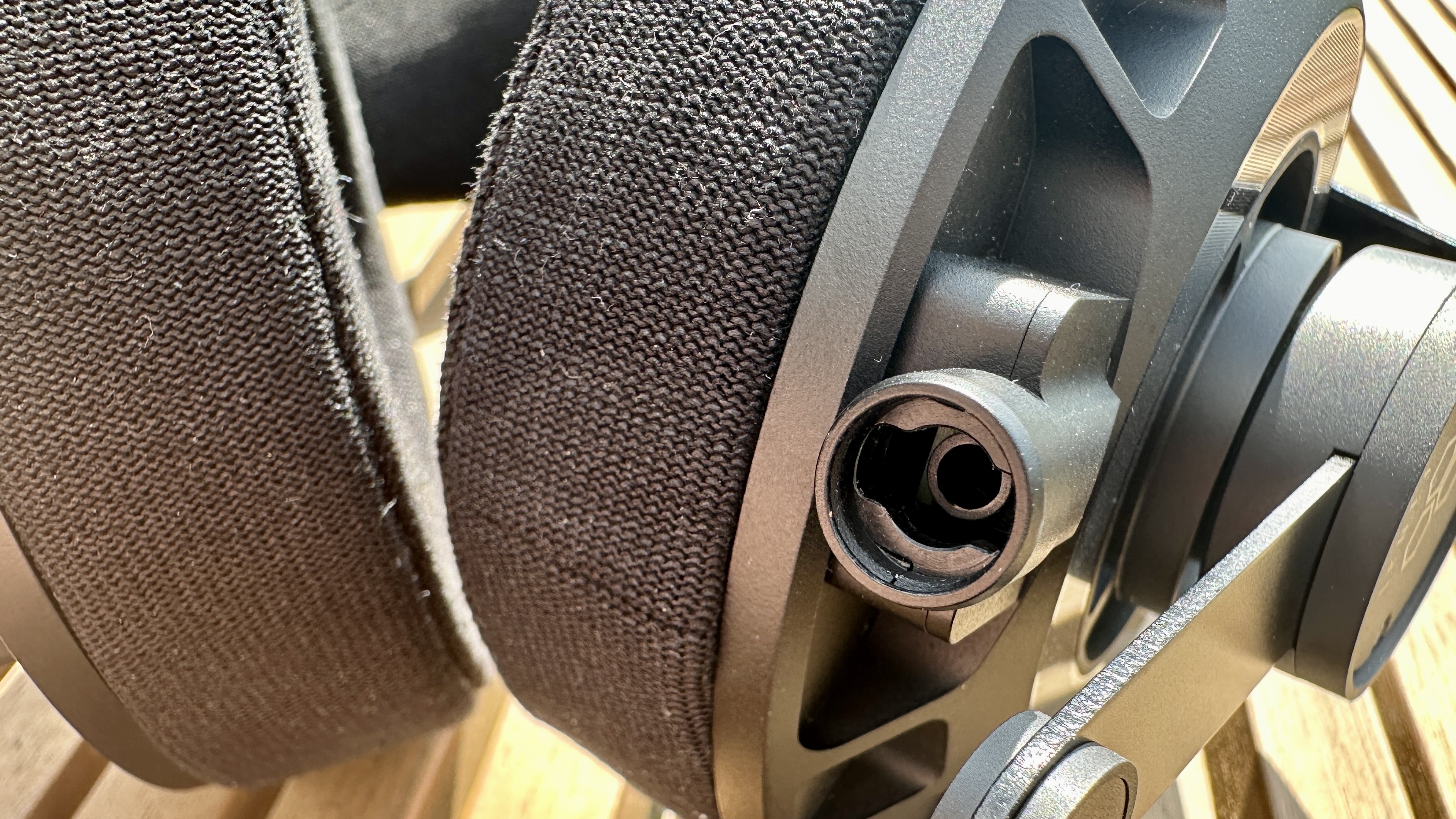
Final D7000 review: Features
- ‘Pinna-Aligned Diffuser’
- ‘Air Film Damping System’
- Not the easiest headphones to drive
Wired headphones seldom bristle with features – and the Final Audio D7000 are no different in that they have what they need to get the job done and nothing else. But it’s fair to say that Final Audio has applied itself to these features rigorously.
For instance, the company has addressed the inherent problems planar magnetic drivers have in producing properly low frequencies by developing something it calls an ‘Air Film Damping System’. If you play at significant volume, the movement of the diaphragm when it’s delivering bass information can be exaggerated to the point that it contacts the magnets that are driving it – which obviously is undesirable. Final Audio suggests that a) every other planar magnetic design consequently doesn’t dig as deep into the frequency range as is ideal, and b) it has solved the issue.
A necessarily complicated system involving perforated metal shields suspended on either side of the diaphragm creates a layer of air between the diaphragm and its magnets - it acts as a braking system and allows the diaphragm to generate the desired low frequencies without the danger of contact with the magnets around it. The diaphragm itself is thin and light even by prevailing standards, and has a super-thin spiral-pattern aluminum coil etched onto it.
The other major feature here is the ‘Pinna-Aligned Diffuser’. The concept of acoustic adjustment via diffusion has been gaining traction for some time – but Final Audio feels it has identified, and subsequently solved, an important issue: the shape of the wearer’s pinna. The pinna (the shape of the outer ear) obviously varies widely from person to person, and it can significantly affect a headphone listening experience. Final Audio’s listening tests, using both real live ears and simulations, have resulted in a diffuser shape that is, according to the company, optimal for every listener regardless of the shape of their pinna.
The driver arrangement has resulted in a headphone with an impedance of 50Ω and sensitivity of 89dB/mW – this translates to ‘quite difficult to drive’. It seems likely that anyone spending the thick end of three grand on a pair of headphones is not going to connect them directly to a laptop headphone socket or something like that – but equally, these numbers suggest a sturdy headphone amp will be a necessity.
The amount of oomph that’s likely to be required to drive the D7000 makes the supplied cable seem slightly odd. It’s three meters long, for starters, which is far from the most practical length, and is terminated in an unbalanced 6.3mm jack – which is not the most helpful (or premium) option. At this sort of money it’s not unreasonable to expect a variety of cables, in a variety of lengths, with a variety of terminations – a 4.4mm balanced jack, for instance, would help the headphone amp into which it’s plugged deal with the rather tricky load the D7000 present.
- Features score: 4.5/5

Final D7000 review: Sound quality
- Tremendous powers of insight and analysis
- Open, organized and utterly believable sound
- Could quite easily be more dynamic
In many ways, the sound the Final Audio D7000 make is approaching ideal – or, at least, it is for someone with similar sonic priorities to mine. If you admire high detail levels, nicely neutral tonality, a beautifully balanced frequency response and a big, well-organized soundstage, then we have something in common. And you’ll no doubt enjoy the D7000 as much as I do.
A big 24bit/96kHz FLAC file of Weyes Blood’s Grapevine is exactly the sort of thing the Final Audio excel at dealing with. Their carefully judged tonality gives a touch of warmth to the acoustic instruments and the staggeringly direct and informative midrange, and their response from the bottom of the frequency range to the top is impressively even. The hard work Final Audio has done in an effort to liberate dynamic driver-type levels of bass extension and substance from the planar magnetic arrangement has without doubt paid off; the D7000 dig respectably deep and hit with determination. They may not be the punchiest headphones this sort of money can buy, but they’re certainly no slouches.
The top of the frequency range is open and airy, but more than enough substance to avoid sounding in any way thin or hard. And with the impeccable vocal, they demonstrate real midrange fidelity and positivity – there’s an enormous amount of detail, both broad and fine, extracted and contextualized. The D7000 communicate through the midrange in the most eloquent and expressive manner, and singers sound direct and characterful as a result.
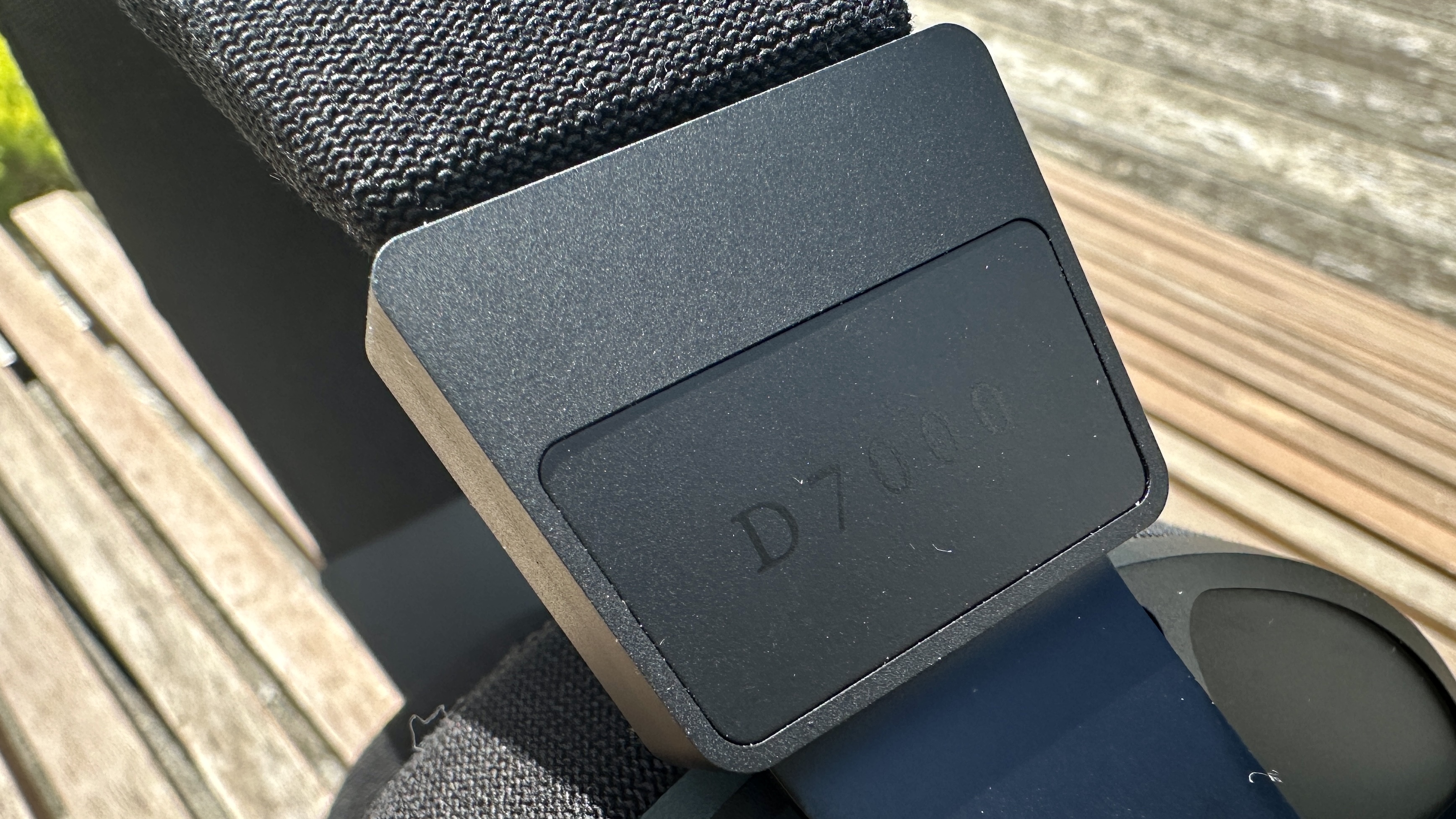
The soundstage these headphones can generate is extremely wide and respectively deep, so even a recording as relatively complex as Stevie Wonder’s He’s Misstra Know-It-All (as a DSD64 file) sounds organized and coherent – even the layout of the drum kit is absolutely explicit. And this recording demonstrates that what the D7000 lack in outright low-frequency impact, they make up for in control – rhythmic expression is always convincing.
Up to this point, the Final Audio combine analysis with entertainment in a most agreeable manner. They’re fun to listen to, musical in their approach, and have so many pertinent observations to make about the minutiae of recordings that each listen is a little voyage of discovery.
The only significant drawback is a relative lack of dynamism. While they’re very attentive to the low-key dynamics of harmonic variation, the D7000 aren’t all that inclined to really lean in when the going gets intense or big shifts in volume occur. That’s not much of an issue with the recordings I’ve mentioned so far, because they both offer very polite increases in attack – but when you ask the Final Audio to deliver something along the lines of My Bloody Valentine’s Feed Me With Your Kiss as a 24bit/96kHz FLAC file, they can sound slightly undemonstrative. The D7000 are either unwilling or unable to properly track the variations in intensity with proper determination, and they are slightly short of the sort of headroom that allow significant distance between the quietest and loudest moments in the recording.
- Sound quality score: 4/5
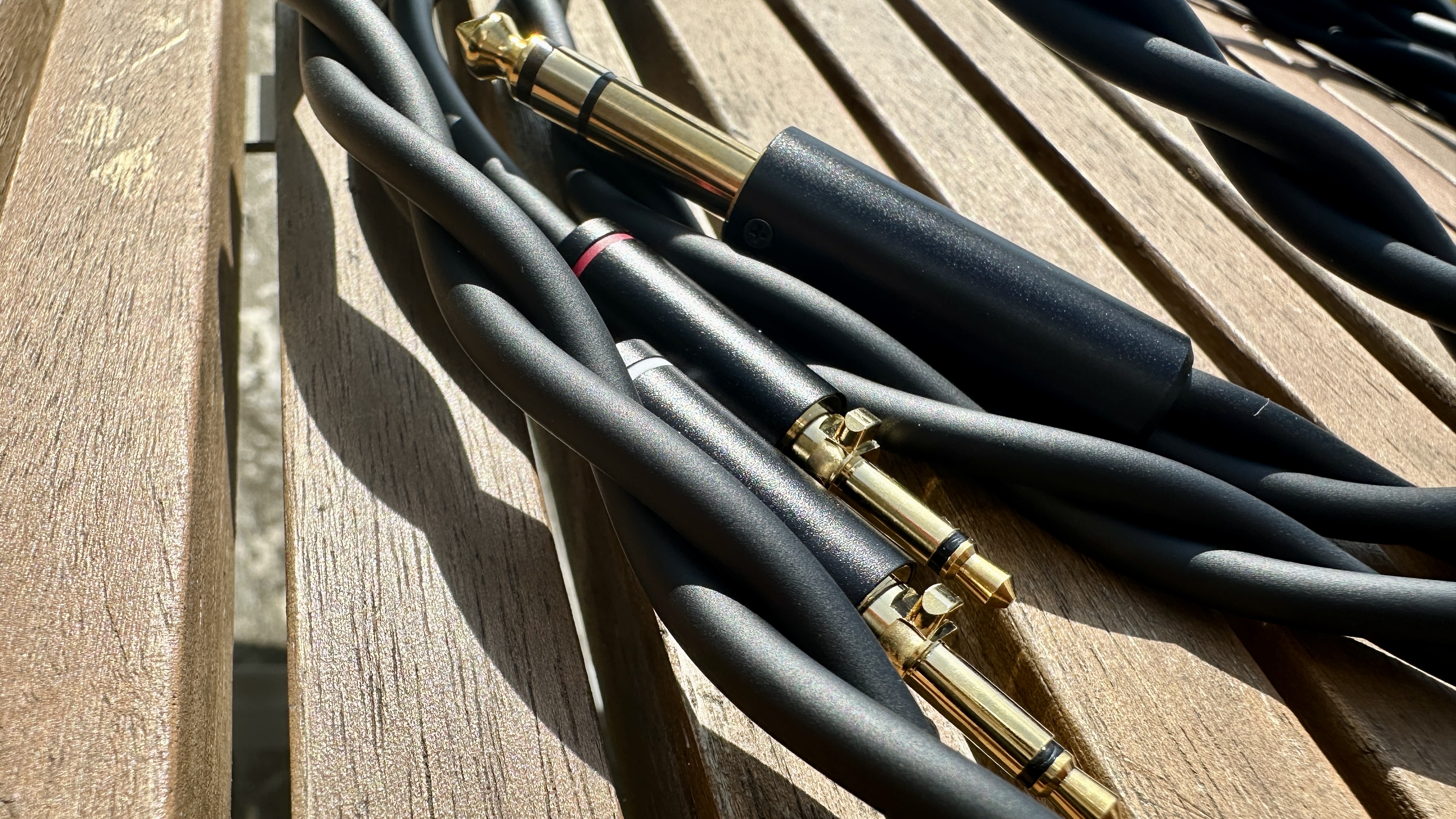
Final D7000 review: Design
- 437g
- Washi’ fabric for headband and earpads
- Aluminum/magnesium alloy housing
‘Big’ seems as good a word as any to start with. The Final Audio D7000 aren’t outrageously heavy at 437g, they stay comfortable through long listening sessions thanks to the materials used in their construction and their careful hanger arrangement… but they nevertheless feel big because, well, they are. Or, at least, their earcups and earpads are. If you’re blessed with a smaller-than-average head, there’s a good chance the D7000 will prove to be rather more headphone than you’re comfortable with.
Final Audio has designed the D7000 to be as repairable and serviceable as possible and that is to be commended. Those tiny exposed screw-heads tell their own story – almost every part of these headphones can be removed if required. So hardware upgrades are possible, as is replacement or repair. In other words, the D7000 should last you a very long time. This is just one advantage derived from Final Audio’s insistence on conducting the entire manufacturing process in-house – even to the point that it’s designed and built its own assembly jigs and measurement jigs in order to ensure the quality of build and finish is exactly how it wants it to be.
The earcup housings are made from machined aluminum/magnesium alloy, which helps keep weight down, and they feel just as good as they look (as long as you’re fine with black – it’s the only option where finish is concerned). They adjust on the headband using a fairly rudimentary ‘friction pole’ arrangement, but that does at least mean the arms don’t flare out from the side of the weather’s head all that far.
Final Audio has used a light, breathable fabric for the covering of the headband and earpads. It’s derived from ‘washi’, a traditional Japanese paper – and as well as offering good moisture control, lightness of build and excellent durability, we will all be pleased to learn it also has excellent anti-bacterial and odor eliminating properties.
- Design score: 4/5

Final D7000 review: Value
- Well built; exceptional attention to materials used
- Requires good amplification – and expensive regardless
If you’ve read this far then you know the D7000 are very well built and finished, using high-quality materials. You’ll know they use some quite innovative technologies in order to do their thing, and you’ll know their modular construction should mean they last for years. You’ll know that in pretty much every respect except dynamic response, they’re a profoundly enjoyable listen – as long as you have amplification capable of driving them efficiently. And you’ll also know they’re by no means your only choice if you want to spend big on some new headphones…
- Value score: 4/5

Should I buy the Final D7000?
| Section | Notes | Score |
|---|---|---|
| Features | Proprietary solutions in a planar magnetic design | 4.5/5 |
| Sound quality | Incredible detail and insight; minor shortfall in terms of dynamic intensity | 4/5 |
| Design | Light in weight, but still, those cups are huge | 4.5/5 |
| Value | There's a lot to celebrate – but you'll probably need a new amp | 4/5 |
Buy them if...
You admire innovative engineering
Final Audio has not so much gone to town here as gone to town, come home for a disco nap and then gone back out again for a great big night
You enjoy detailed and revealing sound
The open nature of the D7000 presentation, along with their remarkable abilities where detail retrieval are concerned, makes for an absorbing listen
You have a beefy headphone amplifier
The D7000 are a relatively tricky load, and consequently require the metaphorical rocket up them if you want workable volume levels
Don't buy them if...
Your head is on the smaller side
There’s no especially polite way of saying this, so I’ll just say it: the earcups of the D7000 are bloody massive
You crave sonic excitement
The Final Audio D7000 boast incredible levels of insight and detail, but if your playlists are heavy (you like a lot of grime or thrash metal, say) you might be be better served elsewhere
You’re bored of black audio equipment
The D7000 are available in only one finish - and while it looks good, it’s definitely black
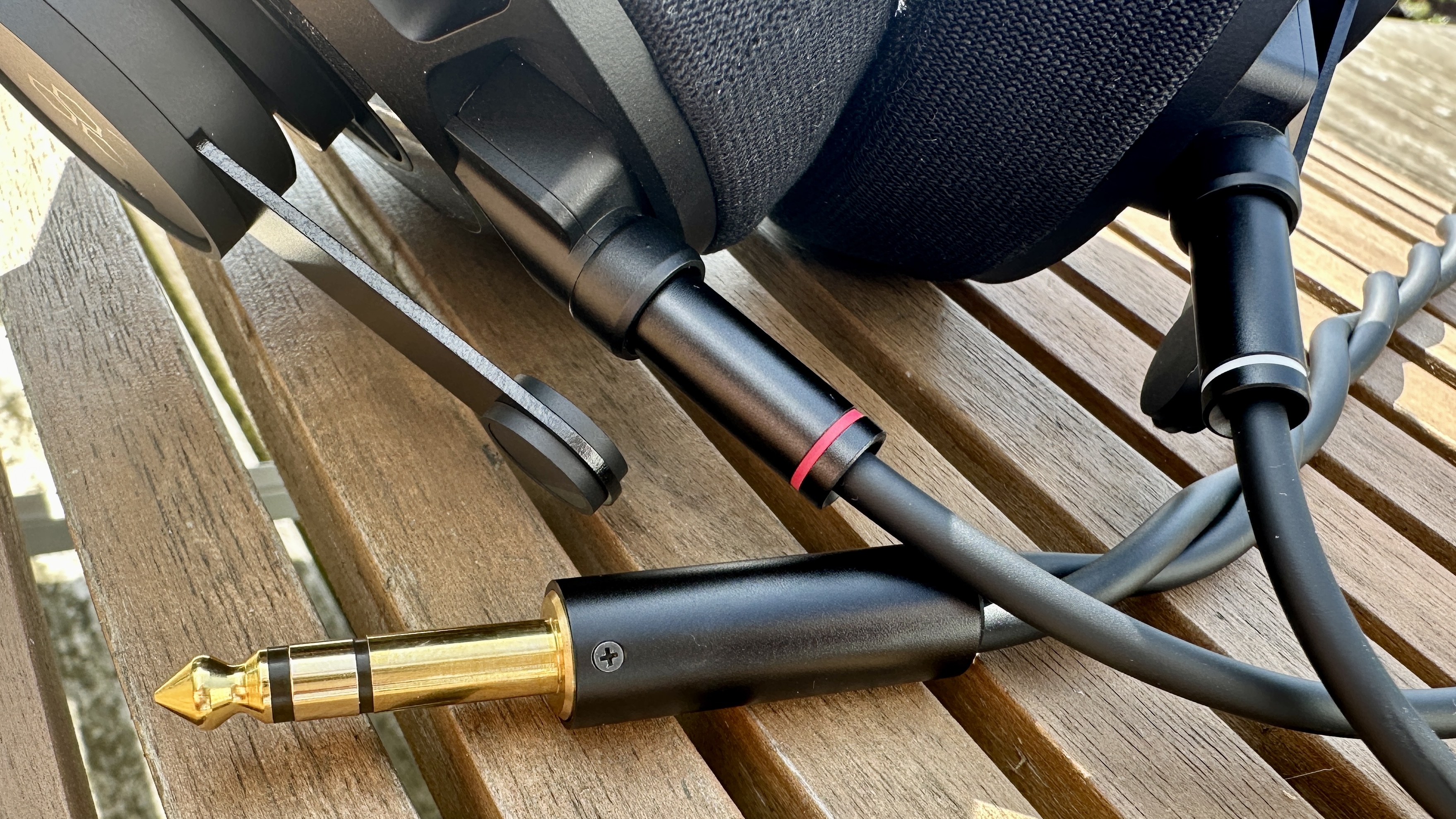
Final D7000 review: Also consider
| Final D7000 | Meze Audio Liric 2 | Focal Stellia | |
|---|---|---|---|
| Price | $3499 / £2999 / AU$5899 | $2,000 / £1899 / approx. AU$3,690 | $3,000 / £2,899 / approx. AU$5,629 |
| Drivers | Planar magnetic, closed-back | Rinaro Isodynamic Hybrid Array MZ4 | 40mm pure Beryllium ‘M’-shaped dome |
| Weight | 437g | 427g | 435g |
| Cable length | 3m | Not listed | 3m |
| Impedance | 50Ω | 61 Ω | 35Ω |
| Sensitivity | 89dB/wM | 100dB SPL @ 1 kHz, 1 mW | Not stated |
Meze Audio Liric II
OK, we haven't been 12 rounds with this newest Liric in town, but our glowing five-star review of the inaugural Meze Audio Liric is enough for us to wholeheartedly recommend you give the next-gen set a test drive at your local hi-fi dealership, if you've got this kind of money at your disposal.
Read our Meze Audio Liric II coverage.
Focal Stellia
Focal's stunning – and we mean that visually as well as aurally – over-ears have been sitting pretty among the audiophile-grade elite for a few years now. Think high-quality craftsmanship with a stunning open presentation that leads to mind-blowingly good sound. Yes, that $3,000 price tag could be a tad excessive, but if you've got Final Audio money, you've got Focal money…
See our Focal Stellia review for the full story
How I tested the Final D7000
- Connected to an iFi iDSD Diablo 2 headphone amplifier
- With a variety of digital audio file types and sizes
- For well over a working week
My reference amplifier (a Naim Uniti Star) has a 3.5mm headphone socket – and so all my testing was done using a (hugely capable) iFi iDSD Diablo 2 headphone amplifier connected via UBS-C to an Apple MacBook Pro loaded with Colibri software in order to play proper high-resolution content. I listened to less information-rich stuff too, of course, and to music of every style and genre. And I did this for well over a working week, because frankly it was no kind of hardship at all…
- First reviewed: August 2024
- Read more about how we test
Simon Lucas is a senior editorial professional with deep experience of print/digital publishing and the consumer electronics landscape. Based in Brighton, Simon worked at TechRadar's sister site What HiFi? for a number of years, as both a features editor and a digital editor, before embarking on a career in freelance consultancy, content creation, and journalism for some of the biggest brands and publications in the world.
With enormous expertise in all things home entertainment, Simon reviews everything from turntables to soundbars for TechRadar, and also likes to dip his toes into longform features and buying guides. His bylines include GQ, The Guardian, Hi-Fi+, Metro, The Observer, Pocket Lint, Shortlist, Stuff T3, Tom's Guide, Trusted Reviews, and more.
